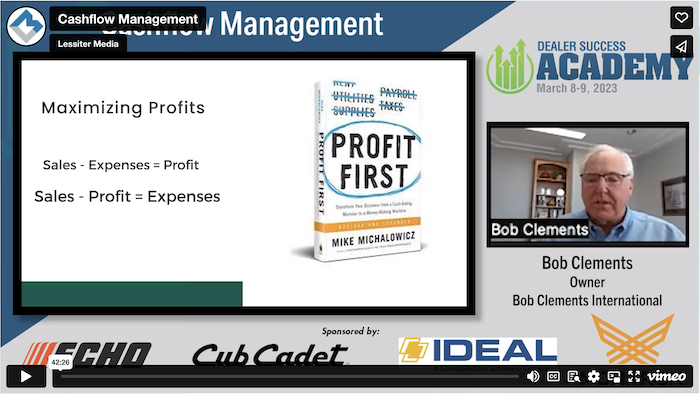There is still time to tune-up your selling skills before season slows down. Here are three overlooked secrets that can have a big impact.
Greeting
The first few minutes of your initial contact with a customer are crucial. Like building a house on a cracked foundation, it’s a lot more difficult to have a positive sales experience if you don’t start out on the right foot. Based on the initial moments of the greeting, impressions will be formed quickly, a tone will develop, chemistry will or won’t develop, and the foundation for the rest of your interactions with the customer will be established. Keep in mind that we all form almost instantaneous subjective judgments about people we meet; once they are formed, they are hard to change. This is bad news if your first impressions are weak. But it’s great news if your first impressions are strong. As customers enter your dealership, your goal is to create an environment that makes them feel comfortable. Comfort is the key to creating a strong, positive, first impression. Don’t approach customers too quickly. Let them have a moment to acclimate themselves to your showroom and then approach them and say something like, “Welcome to our dealership. My name is Bob. I work here. If you have any questions or I can help you in any way, just let me know. I will be over here.” Point to the spot or area where you will be, pause for a moment, and give them a chance to respond. If they say “thanks,” leave them alone for a while — they are not ready to interact with you. Give them time to settle in.
Ask the Right Questions
The best approach to selling is asking good questions and then listening intently to the answers. Selling is not about talking well; it’s the ability to gather information, consolidate it, and provide a helpful solution. Customers want to talk! They want to tell you about their “world,” their “unique” problems, and themselves! Even if you’ve heard it a million times before and you know what they are going to say before they say it, let them talk. Customers buy from you based more on how well you listen than on how well you talk.
Use Brochures
Of all the tools you have at your disposal in sales, one of the most overlooked is the “lowly brochure.” Most dealers have a wall or rack that is packed with beautiful, expensive brochures that are drooping over from lack of use. That’s because most salespeople have never been shown how brochures are actually supposed to be used. When customers come to your dealership to look at equipment, one of two things will happen — they are either going to buy or they are going to leave. There is absolutely no middle ground. I don’t care how good you are as a salesperson, it happens to everyone all the time. That’s where your brochure comes into play. It becomes the tool you use to jot down notes, highlight, or draw on as you work with customers through this phase of the selling process. If the customer decides to buy from you, then you can toss out the brochure — no harm, no foul. On the other hand, if the customer decides to leave without buying, you have created a customized take-home sales piece, highlighting the key points both parties agreed on. When the customer goes home or talks to other dealers, your brochure serves as a reminder about you, your dealership and the equipment.
For more from Bob Clements International, visit bobclements.com/.







